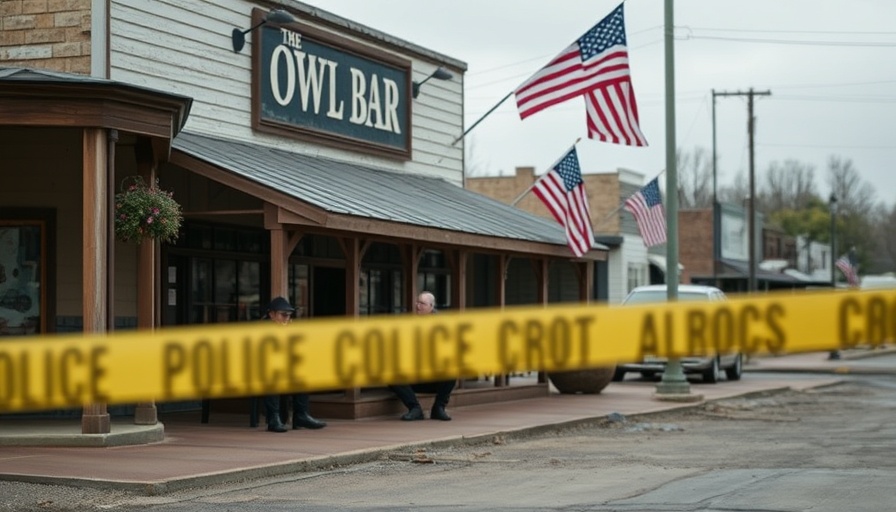
The Groundbreaking Approval of Lenacapavir
In a historic move, the U.S. has recently approved the world’s first biannual shot aimed at preventing HIV transmission, known as lenacapavir. This medication, manufactured by Gilead Sciences, marks a significant advancement in preventing new infections, particularly among high-risk individuals. Data from two pioneering studies revealed that the drug nearly eradicated new HIV infections, showcasing its potential superiority over daily preventive pills that some people may forget to take.
The Promise of Yeztugo
Lenacapavir, sold under the brand name Yeztugo for prevention, offers a longer-lasting alternative to existing preventive measures such as daily PrEP pills or a shot taken every two months. According to experts, this six-month injector could be a game-changer for those wary of daily pills or the stigma associated with taking them regularly. This innovative delivery method not only emphasizes practicality but also aims to broaden access to HIV prevention tools.
Challenges Ahead for Global Rollout
Despite the promising developments surrounding lenacapavir, the pathway to widespread availability is fraught with challenges. In addition to addressing concerns about securing funding for continued healthcare initiatives, health advocates have raised alarms about recent cuts to public health funding and foreign aid targeting HIV prevention. Greg Millett, public policy director at amfAR, highlighted that these 'gaping holes in the system' will hinder efforts to efficiently distribute lenacapavir and ensure individuals return for their follow-up shots.
The Broader Impact on HIV Transmission
Experts are optimistic about the potential impact that lenacapavir could have in curbing HIV transmission rates. Current clinical trials and prior data suggest that this shot could pave the way toward achieving a significant reduction in new infections globally. The importance of integrating lenacapavir into broader public health strategies is evident, as it holds the capacity to protect millions—if challenges around access and education can be effectively addressed.
Bridging the Gap in Education and Accessibility
For lenacapavir's rollout to be effective, effort must be made to educate communities about the benefits of this new prevention method. Many individuals may not be aware that long-acting prevention options exist, which underscores the need for comprehensive education campaigns. Public health officials will need to create a robust framework to address misconceptions and increase community awareness about lenacapavir and its life-saving potential.
Conclusion: Taking Action for Health
As lenacapavir prepares to revolutionize HIV prevention, it is crucial for stakeholders—from healthcare providers to policymakers—to collaborate in ensuring the effective distribution and education surrounding this powerful tool. The potential to markedly reduce HIV transmission is within reach, but collective action is necessary to overcome the barriers that still exist. Engaging in community education and advocating for sustained public health funding is vital in this endeavor.
 Add Row
Add Row  Add
Add 



Write A Comment